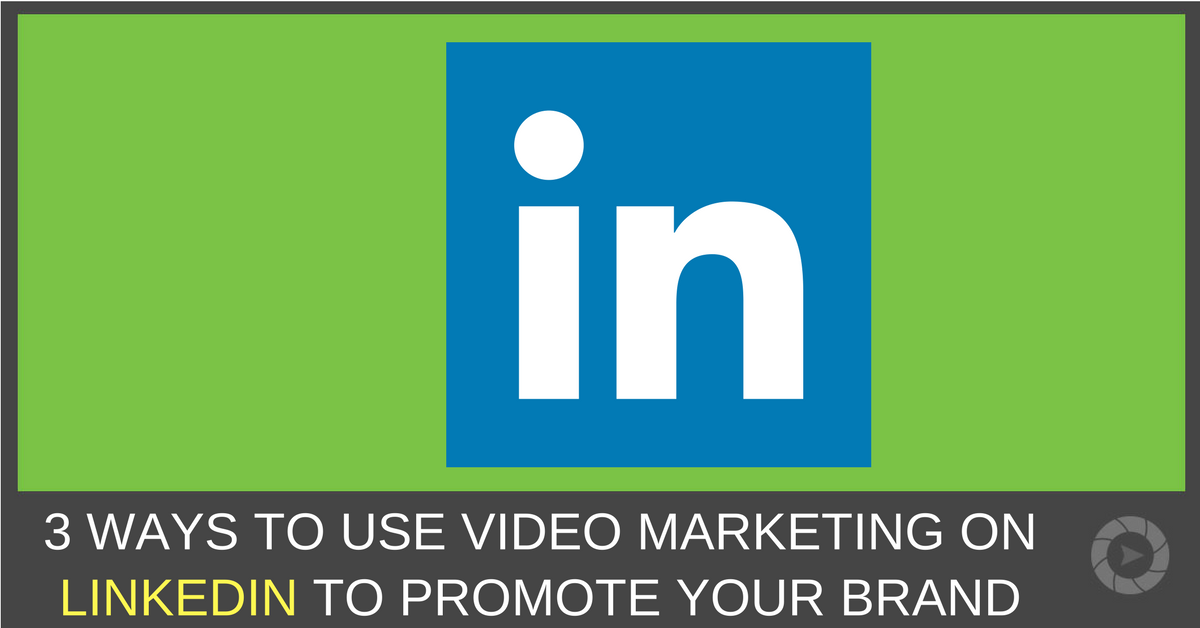
It is important to anticipate your audience's concerns and needs when creating an advertisement. If you don't, you're more likely to lose their attention. These tips can help you make an advert that makes your point. Make the advertisement interesting for the audience. This will make the advert memorable, and it will keep them reading.
Advertising copywriting lessons
Advertising campaigns are often successful because of the writer's ability, or inability to translate an idea into written form. Erica Igue (bestselling author) teaches the art of copywriting. She also discusses how to create an ad campaign from idea to final product.

First, a great copywriter should get to know the customer. They must know their likes and dislikes, their interests and any obstacles they may face in making a purchase. This is vital to understanding the customer's needs. Grasshopper's homepage says "Sounds like a Fortune 500 Company". This is a great example for understanding your audience. This company knows that customers are attracted to companies that sound big.
Persuasive language
Advertising's core component is persuasive language. It appeals directly to the emotions and logic of the target audience. Some advertisements don't give information about the product at all, while others don’t even mention the product's identity. One example is a commercial by a telephone company that appeals to both he nostalgic side and the happy side.
Online ads often employ persuasive language. The most common persuasive devices used in online advertising include imperatives, questions and possessive pronouns.
Call to action
An advert's Call to Action (CTA), should be clear and concise. It should prompt visitors to take immediate action and direct them to a sales funnel. CTAs should be concise and simple. They can be as short as one sentence or even a button. This will draw the attention of the viewer and make it easier for them to click on the call to action button.

Call to action can be found on many websites as a common ad message. A good example of a CTA is "Apply Now", which can be used to encourage job applicants to apply. It can also be used for encouraging people to apply to higher education institutions. Airlines such as Southwest Airlines use "Book Now", a common call to actions on ad.
FAQ
What is an ad-campaign?
An advertising campaign is a series of advertisements designed to promote a product or service. This could also include the entire production of these ads.
The Latin word "to sell" gave rise to the term "ad". Marcus Terentius Varro (116–27 BC), the first known user of the term "ad" used it to mean "to make sales."
Large companies or agencies usually do advertising campaigns. They may involve many different media types, including print, television, radio, internet, etc.
Advertising campaigns last several months and are usually focused on specific goals. One example is that some campaigns seek to create awareness while others are more focused on increasing sales.
What are the basics of radio advertising?
It is important to understand the interdependence of different media types. All media forms can be considered complementary, rather than competing.
Radio is best used as an extension of television advertising. It can reinforce key messages and provide additional information.
TV commercials are often too long for radio listeners. Radio ads are usually shorter and less expensive.
What is an advertisement buyer?
Advertising space is purchased by an advertiser on TV, radio and printed media.
Advertisers are paid for the time that their message will appear.
They don't necessarily seek the best ad; they want to reach their target markets with the most effective ad.
Advertisers may have demographic information such as the age, gender, marital status, income level, occupation, hobbies, and interests of their customers.
This information can be used by advertisers to decide which media works best for them. They may decide that direct mail works better with older people.
Advertisers also check out the competition. If there are similar businesses nearby, they might choose to place their ads near those competitors.
In addition, advertisers consider the size of their budget and the amount of time they have to spend their money before it expires.
What should you know about printing advertising?
Print advertising is an effective way to reach consumers. Print advertising is used by many companies to promote their products and services. Its main purpose is to grab the attention of consumers.
Print ads are typically one page long and include text, images, logos and other graphics. You may also find sound, animation, video and hyperlinks.
These are the main types of print ads:
1. Brochures are large-format printed materials that are designed to draw people into shops. Brochures often feature eye-catching designs and colorful photos.
2. Catalogues - These are smaller versions of brochures. They are sent to customers who have requested specific information.
3. Flyers – These are tiny pieces of paper distributed at events like concerts or fairs. Flyers can be handed out at retail outlets for a small fee, but are generally free.
4. Posters – These are larger versions for flyers. They are often displayed on walls, fences, or buildings. They are usually made using computer software programs, which is designed to draw the eye of passersby.
5. Direct mail - This refers to letters or postcards mailed directly to potential customers. Companies send these out periodically to remind existing customers about their business.
6. Newspaper Ads – These are ads that appear in newspapers or magazines. They are usually quite long and contain both text and images.
What do you need to know about television advertising?
Television advertising has the potential to reach large audiences at once. It was also quite expensive. It can still be very powerful if used correctly.
Although there are many kinds of TV ads to choose from, all share the same characteristics. Planning any TV ad should start with ensuring it fits in its category. You shouldn't attempt to make a lifestyle commercial the same as a product ad. Your message must be consistent throughout the campaign.
It is important to remember that ads are best aired during prime-time. This is because the majority of viewers will watch TV while they relax in front a set. You want them to be able focus on your words and not get distracted by the TV.
The bottom line is that even if you have a lot to spend, it doesn't necessarily mean you'll be able to get great results. Actually, it could be the contrary. A University of California study found that commercials broadcast during popular shows had a lower chance of selling products than those broadcast during less-popular shows. If you spend a lot of money advertising on TV, make sure it's done right.
What do you need to know about internet advertising?
Internet advertising has become an integral part any business strategy. It allows businesses to reach potential clients at a low price. However, there are many different types of internet advertising available. Some are free while others may require payment.
There are many ways to advertise online, including pop-up ads and banner ads. Each method has its pros and cons.
What is affiliate marketing?
Affiliate marketing can be described as an online business model. You earn commissions by referring customers who purchase products and/or services on other websites. When someone purchases from you, the product owner will pay you.
Affiliate marketing is based on referrals. Referring people to your website is all that's required. Refer them to the website.
You can make money without doing any hard selling at all. It's easy to sell just as much as it is to purchase.
An affiliate account can be created in minutes.
Referring more people will result in more commission.
There are two types of affiliates:
-
Affiliates who are the owners of their own websites
-
Affiliates who work in companies that offer products or services.
Statistics
- Nonetheless, advertising spending as a share of GDP was slightly lower – about 2.4 percent. (en.wikipedia.org)
- Advertising's projected distribution for 2017 was 40.4% on TV, 33.3% on digital, 9% on newspapers, 6.9% on magazines, 5.8% outdoor, and 4.3% on radio. (en.wikipedia.org)
- This means that at least 50% of an ad needs to be shown on the screen for at least one second. (quicksprout.com)
- Advertising spending as a share of GDP was about 2.9 percent. (en.wikipedia.org)
External Links
How To
How do you place an ad on a billboard
Billboards have been around since the late 1800s, but they were first made popular during World War II when they became standard fixtures along roadsides and highways. Most billboards contain text advertising. However, some have photographs or art. Some billboards display static messages, while others display information that changes frequently, such weather forecasts, stock prices and sports scores.
Billboards most often are found outside, but there are indoor versions. The majority of outdoor billboards are visible to traffic frequently, while indoor versions may be seen only once every few years. A "cubic" outdoor billboard is the most popular type. It is made up of three layers: two sheets of glass sandwiched between a layer of fiberglass mesh and one sheet of glass. This allows air to circulate throughout the billboard, which keeps it cool in hot and warm in cold.
Billboard Advertising Inc. owns many of North America’s largest billboard advertising agencies and pays advertisers to display their ads on its billboards. Advertisers are then offered space on these billboards by these companies. These billboards are purchased by advertisers according to how much they wish to spend on advertising. They often choose the best locations for their ads based on where people drive and walk the most.
Billboard Advertising Inc. sells advertising space. It also has agreements with local governments to place signs on public property. Some cities allow billboards anywhere; others restrict them to certain areas. Chicago for instance requires billboards not to exceed 1,000 feet from any highway. Other cities also require billboards to be no closer than 500 ft away from schools and churches.
Billboard Advertising Inc. has agreements to promote products and/or services throughout the United States.